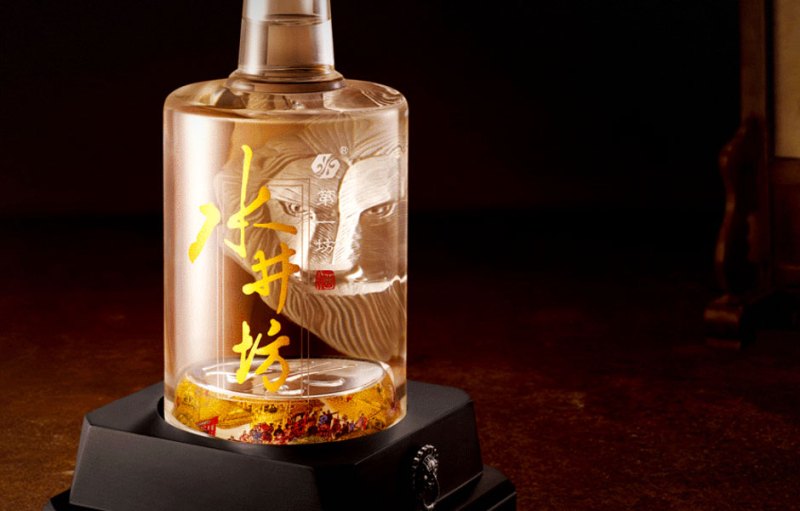
Historically, baijiu was made from sorghum, and in some cases still is, though many distilleries now also employ rice as their grain base. In some cases, a mixture of both is used.
What makes baijiu baijiu, though, is a fermentation starter known as qu. Without this, you would not have baijiu (just like you wouldn’t have a bourbon if it were, among other things, not aged in a new oak barrel).
Even though there aren’t legal definitions that include the aging process, baijiu isn’t necessarily a quick spirit, though, even if it is white liquor. According to Michelle Ly, who is one of the proprietors of Vinn Distillery in Portland, they first ferment the rice for six months before distillation. Next, they distill the spirit three times in pot stills before storage for about a year before being bottled. Ly’s baijiu, which is one of the only baijiu distilleries in the United States, comes from a recipe that dates back seven generations in her family.
Related: World Sake Day with Ty Ku Sake
When drinking baijiu, Ly says, the flavor varies from palate to palate. Where someone may pick up sweet wine-like notes similar to what you would find in saké, other may latch onto smoky notes like those in tequila or whiskey. Some, depending on the brand, she added, might even find floral essences similar to some gins.
In other words, if you like booze, you’re bound to like something about baijiu.
To drink baijiu, you can go about it one of a couple different ways. First, you can take the traditional route of drinking it at room temperature during a meal, using the spirit to complement the flavors of the food you are consuming. For a more modern take on baijiu—and much like soju and other spirits with Asian roots—you can take a half ounce shot of the spirit, then repeat. And repeat. And, well, you get the idea.
One of the great things about baijiu is the aforementioned ability to call to mind flavors similar to other spirits—this, Ly says, allows baijiu to work well in a wide variety of cocktails, from bloody Marys to margaritas.
To order baijiu, check out the distillery’s website or on Baijiu America.



